Try to attend seminars and camps outside of your own dojo. Meeting the challenge will be gratifying. And you will likely meet good people to help you along the path.
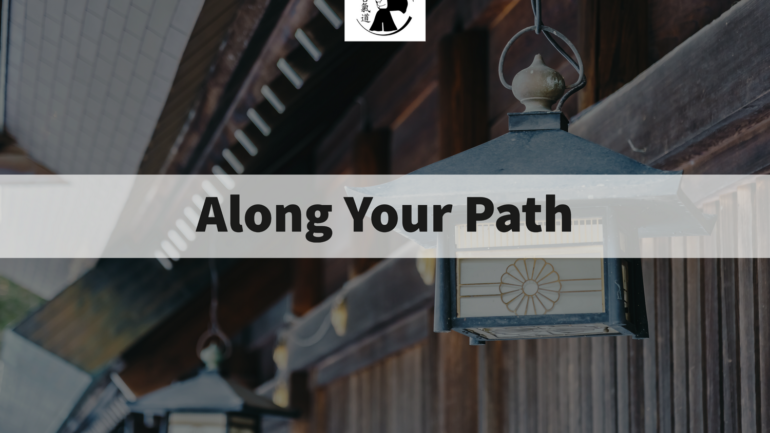

Try to attend seminars and camps outside of your own dojo. Meeting the challenge will be gratifying. And you will likely meet good people to help you along the path.
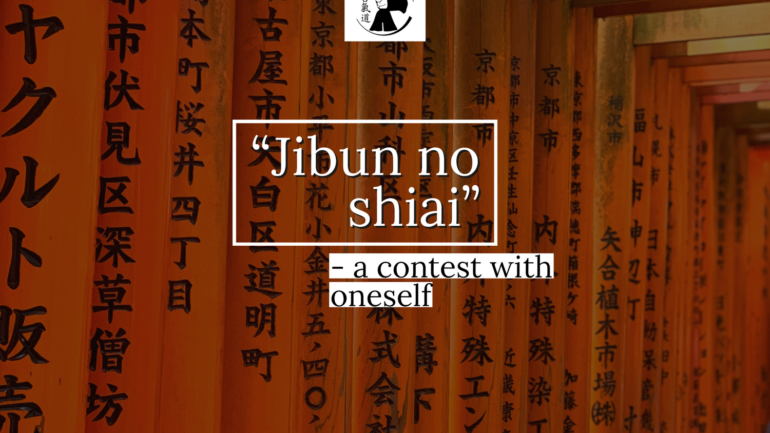
Learn by careful observation and imitation of your instructors and your partners both senior and junior. Do not be concerned that you progress in technique more slowly than others. And do not become arrogant if you progress more…
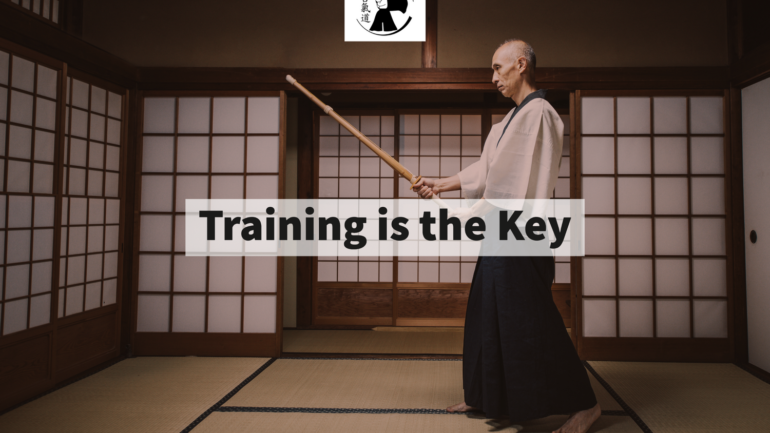
Tanaka Sensei emphasized that there is no rapid progress in Budo, but that we should strive to become a little better each class. Otherwise, we are just going through the motions. Wholehearted training is the key.
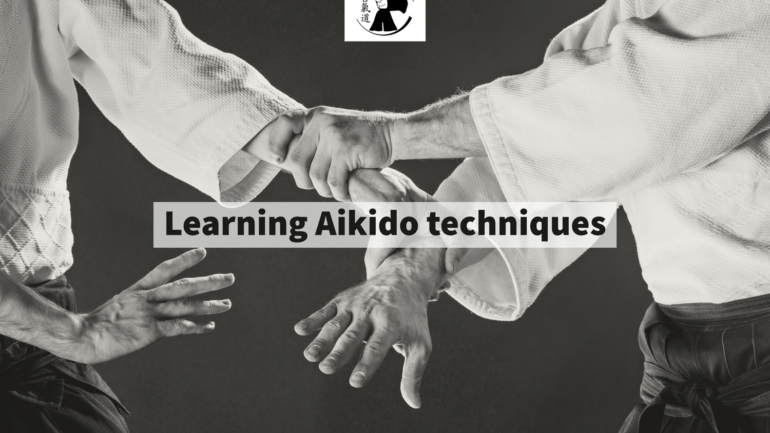
Aikido techniques cannot be learned quickly. It is not ten quick lessons in self-defence. It is a way of life that you gradually absorb until it is part of you and you are part of it. Stand tall…

Aikido techniques are just basics and applied basics, both inside the dojo and outside as well.
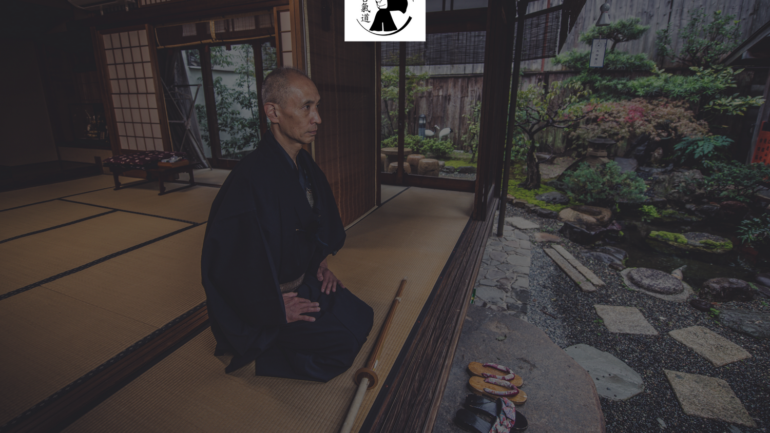
Here is Alexander Bennett quoting Sensei Inoue Yoshihiko (Kendo 8th Dan Hanshi) “Kendo is universal wisdom that teaches us the supreme value of life through knowing techniques of life. Kendo is always ‘correct’. There is no such thing…
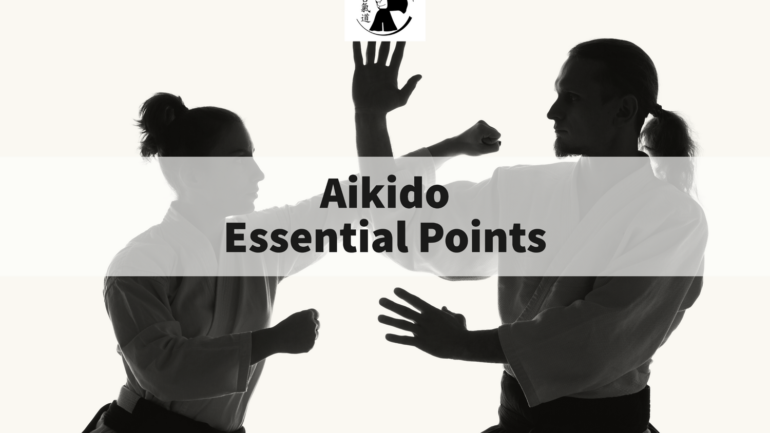
Alexander Bennett also raises some essential points in his book on the history of Kendo which merit consideration by individuals training in Aikido.

In his excellent description of Kendo’s history and philosophy (Kendo: Culture of the Sword [2015]) Alexander Bennett states his view of the purposes of Kendo training: All of this applies to every Japanese Budo including Aikido.

To make a great samurai sword the requirements are good raw materials, appropriate equipment, and a skilled smith. The forging process is called “tanren” in Japanese. Just as a master sword maker crafts the blade with heat and…
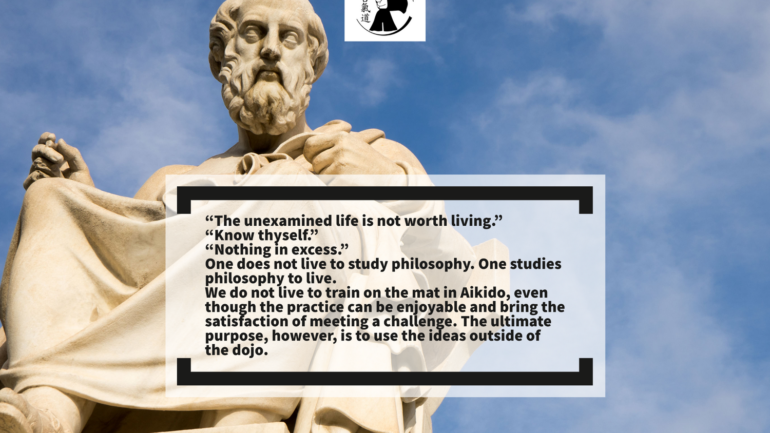
“The unexamined life is not worth living.” “Know thyself.” “Nothing in excess.” One does not live to study philosophy. One studies philosophy to live. We do not live to train on the mat in Aikido, even though the…